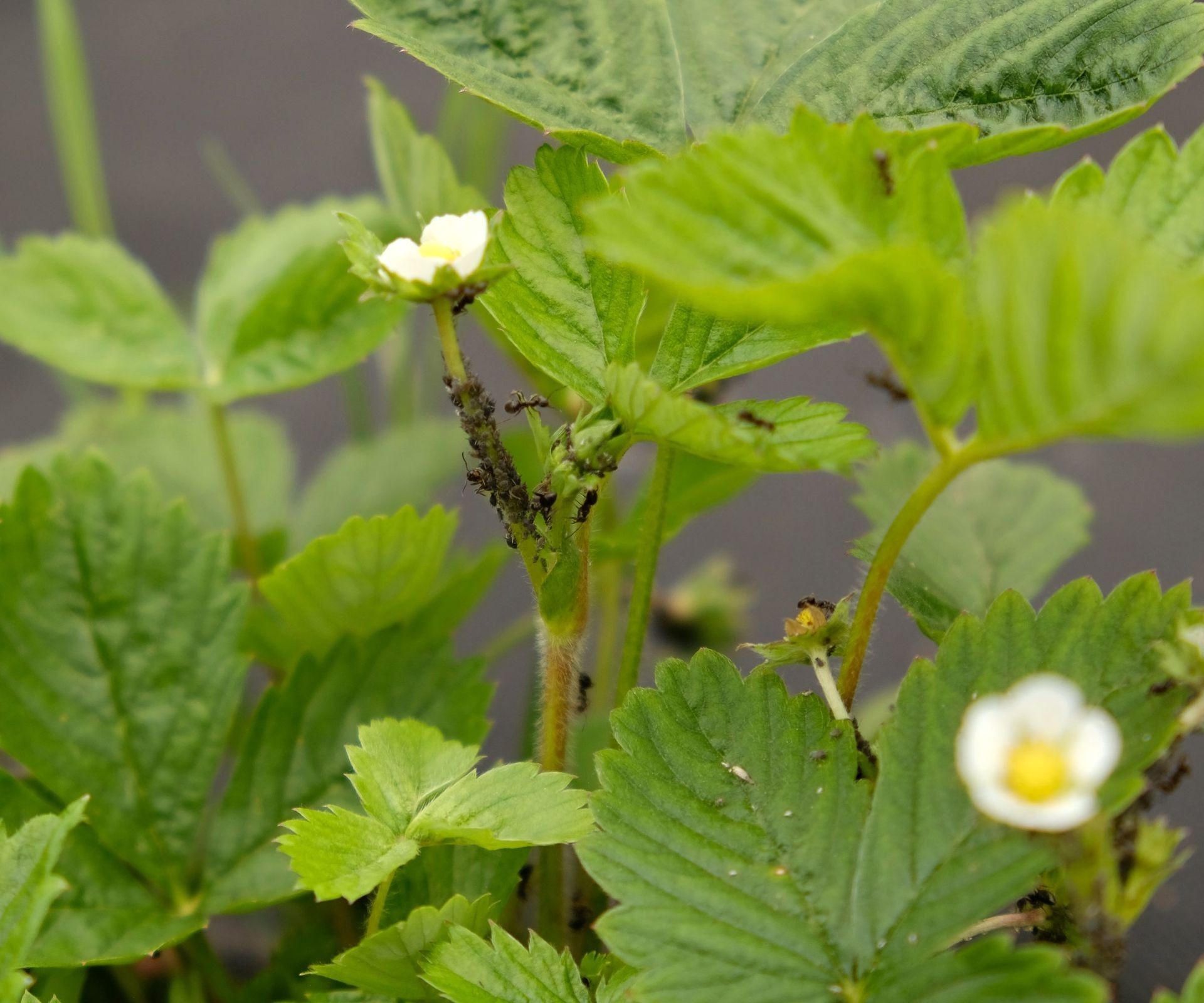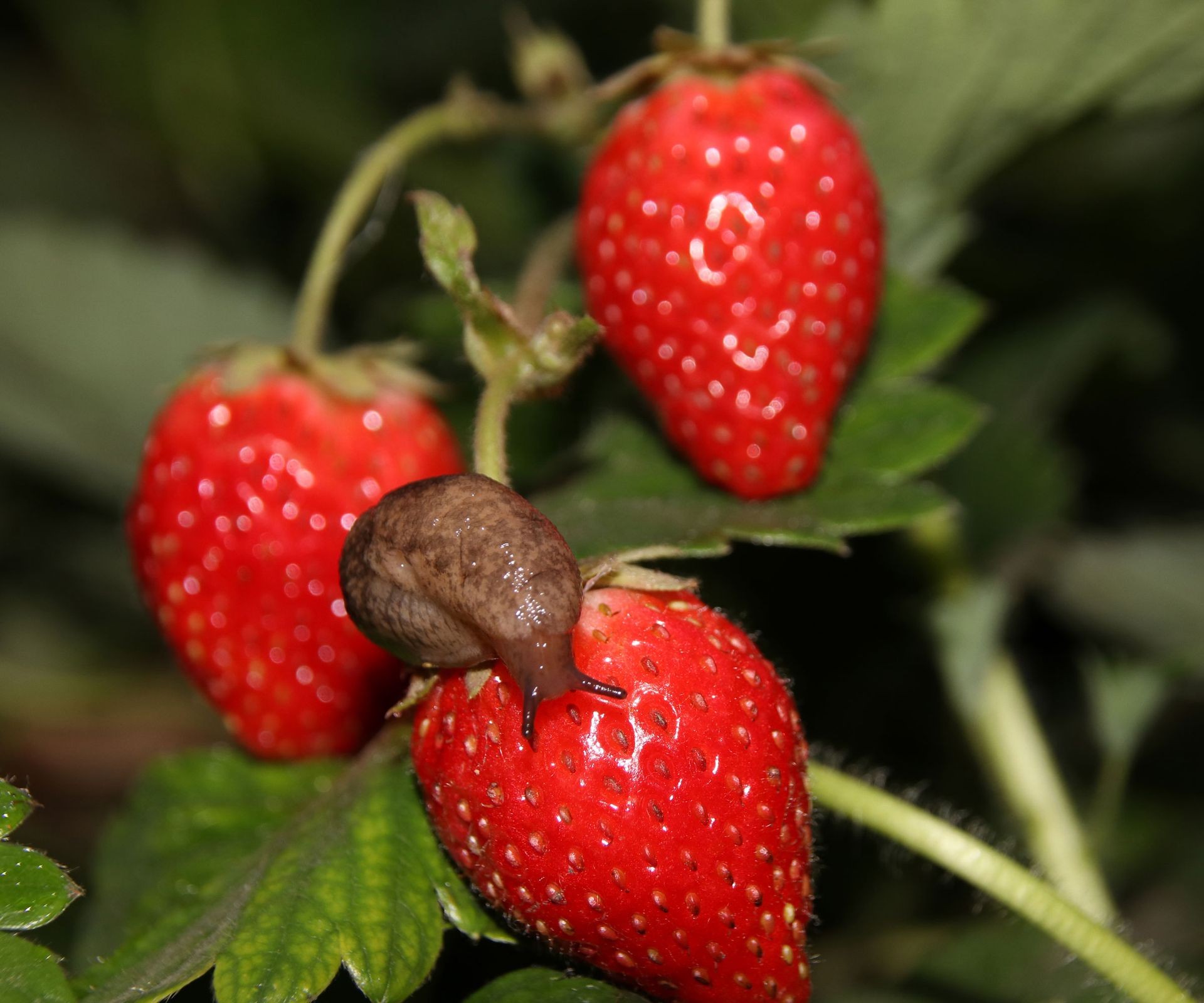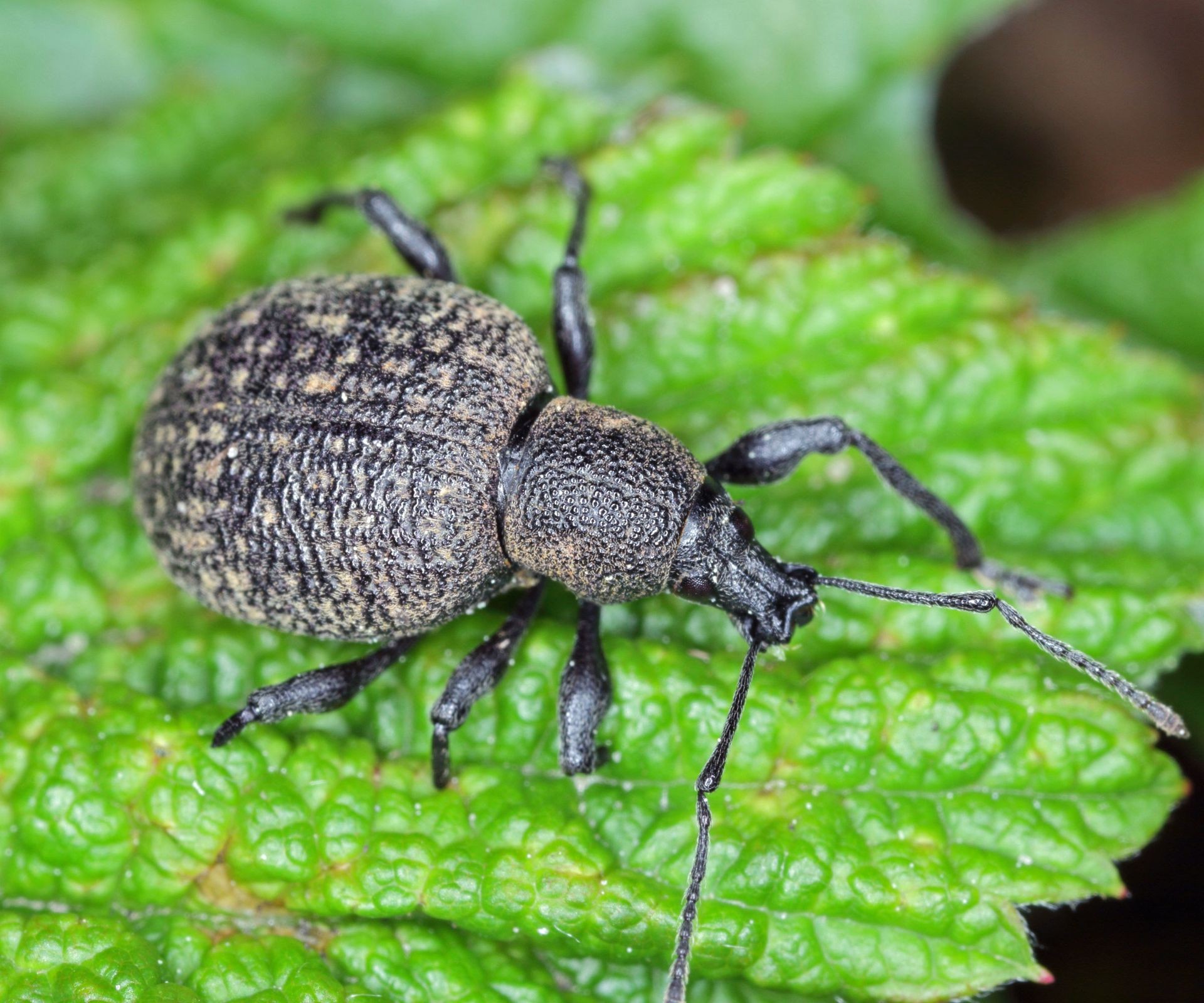No products in the cart.
NEWS
Safeguarding Your Strawberry Patch: Identifying and Managing Common Pests
Few joys compare to harvesting sweet, sun-ripened strawberries straight from your garden. Yet, the path to abundant yields can sometimes be challenged by unwelcome visitors – common strawberry pests. While established plants often demonstrate resilience, certain insects and other creatures can significantly impact your crop, leading to damaged fruit and reduced overall production. Protecting your strawberry plants is key to enjoying that delicious harvest, and quick action when pests appear is essential.
Why Early Pest Detection is Crucial for Strawberry Health
Maintaining the health and productivity of your strawberry plants hinges significantly on identifying pest issues early. Catching an infestation in its initial stages allows you to intervene before populations explode and cause widespread damage, ultimately helping you achieve better yields and potentially grow larger, healthier strawberries. Since many garden insects are small and can go unnoticed in low numbers, consistent observation is your best defense against strawberry pests. This means regularly inspecting your plants for any unusual changes in leaf color, appearance, growth rate, or overall vigor. Paying close attention to these symptoms helps you quickly pinpoint the problem and implement the most effective control methods promptly.
Common Strawberry Pests and How to Manage Them
Understanding the typical culprits that target strawberry plants is the first step in protection. Here’s a look at some of the pests you might encounter and effective strategies for managing them.
Aphids
 Small green aphids clustered on a strawberry plant stem and leaves
Small green aphids clustered on a strawberry plant stem and leaves
These tiny, soft-bodied insects can cause considerable harm despite their size. Aphids feed by sucking sap from the plant tissue, often congregating in large numbers on stems and the undersides of leaves. Their feeding can leave behind a sticky substance called honeydew, which may encourage sooty mold growth. Infested leaves often show yellowing or distortion as nutrients are depleted. Aphids are also notorious vectors, capable of spreading viral diseases throughout your strawberry patch. While severe aphid infestations can weaken plants, they rarely result in plant death if addressed. Timely treatment is necessary to keep your plants thriving. Simple controls like strong sprays of water or applications of diluted insecticidal soap can help manage their numbers.
Cutworms
The term “cutworm” generally refers to the larval stage of several moth species. These caterpillars are particularly problematic for strawberries, with certain Noctuidae species being common offenders. They are often nocturnal, feeding on stems, leaves, and especially vulnerable ripening fruit. The damage can appear anywhere on the plant, but attacks on developing berries are the most frustrating for growers. Fortunately, managing cutworms can be relatively straightforward. Regular checks and manual removal (hand-picking) of caterpillars, particularly in the evenings, is a highly effective method for preventing significant damage.
Slugs
 A grey slug feeding directly on a ripe red strawberry fruit, leaving ragged holes
A grey slug feeding directly on a ripe red strawberry fruit, leaving ragged holes
In gardens with moist conditions, slugs can be a persistent problem. They can cause significant damage to tender new growth in spring, potentially stunting or delaying plant development. Later in the season, they target ripening fruit, leaving behind irregular, ragged holes and tell-tale slime trails, leading to substantial crop loss. Keeping the growing area tidy by removing debris and excess mulch can help deter slugs by reducing their preferred hiding places. Simple traps, such as shallow containers of beer placed near plants, can also effectively capture and reduce slug populations organically.
Spittlebugs
These insects are most often found in new strawberry plantings or beds located close to grassy areas. Spittlebug nymphs feed on plant sap and make their presence known by covering themselves in a distinctive spittle-like, frothy mass. This “spittle” protects the nymph from predators and drying out, and is a clear indicator of their activity. While seeing the foam can be alarming, small numbers of spittlebugs typically cause minimal or no noticeable damage to mature strawberry plants. Control measures are usually only required if populations are very high and plant health is clearly being impacted; in such cases, a strong jet of water can dislodge them.
Strawberry Root Weevils (Otiorhynchus ovatus)
 A dark-colored strawberry root weevil insect on the surface of a green strawberry leaf
A dark-colored strawberry root weevil insect on the surface of a green strawberry leaf
Strawberry root weevils are a serious concern for both home gardeners and commercial growers. The white, legless larvae are particularly damaging as they feed on the roots of strawberry plants, weakening or even killing them. Adult weevils also feed on the foliage, leaving characteristic notched or jagged edges on the leaves. Since these weevils often overwinter in the soil around plants, controlling established infestations can be challenging. Inspecting roots and removing any grubs found during planting, combined with regular hand-picking of adult weevils throughout the growing season, can help reduce their numbers and limit damage.
Thrips
Thrips are tiny, slender insects that can inflict significant damage on strawberry plants. Large populations feeding on plant sap can rapidly diminish plant vitality. Signs of thrip infestation include leaves developing a bronze, speckled, or rusted appearance. Plants may exhibit stunted growth, and flowers can become deformed or fail to open properly, leading to reduced fruit set. Immediate treatment is crucial to prevent severe injury and crop loss. Common management techniques include applying natural controls like diatomaceous earth, insecticidal soaps, or horticultural oils, ensuring thorough coverage to reach the tiny insects.
Expert Insights on Pest Management
Protecting your strawberries effectively often involves a combination of strategies and vigilance. As Master Gardener Sarah Jenkins notes, “The most important tool in your pest control arsenal is observation. Spend time in your garden daily, looking closely at your plants. Early detection makes every control method more effective and often less disruptive to the plant and the surrounding environment.” Horticultural expert Dr. Ben Carter adds, “While some pests are regional, focusing on building healthy soil and promoting beneficial insects can create a more balanced ecosystem that naturally keeps many common pests in check.” Understanding the lifecycle of pests and timing your interventions accordingly is also key to successful management.
Conclusion
Dealing with strawberry pests is a common challenge for gardeners, but armed with knowledge about key culprits like aphids, cutworms, slugs, spittlebugs, root weevils, and thrips, you can effectively protect your precious plants. Regular monitoring, accurate identification, and timely action using appropriate control methods are your best defenses. By staying vigilant and proactive, you can minimize damage and ensure a bountiful harvest of delicious strawberries. To explore effective, nature-friendly solutions for pest management in your garden, consider the range of products available at Biogarden.asia. Share your pest control successes and challenges with our gardening community!



